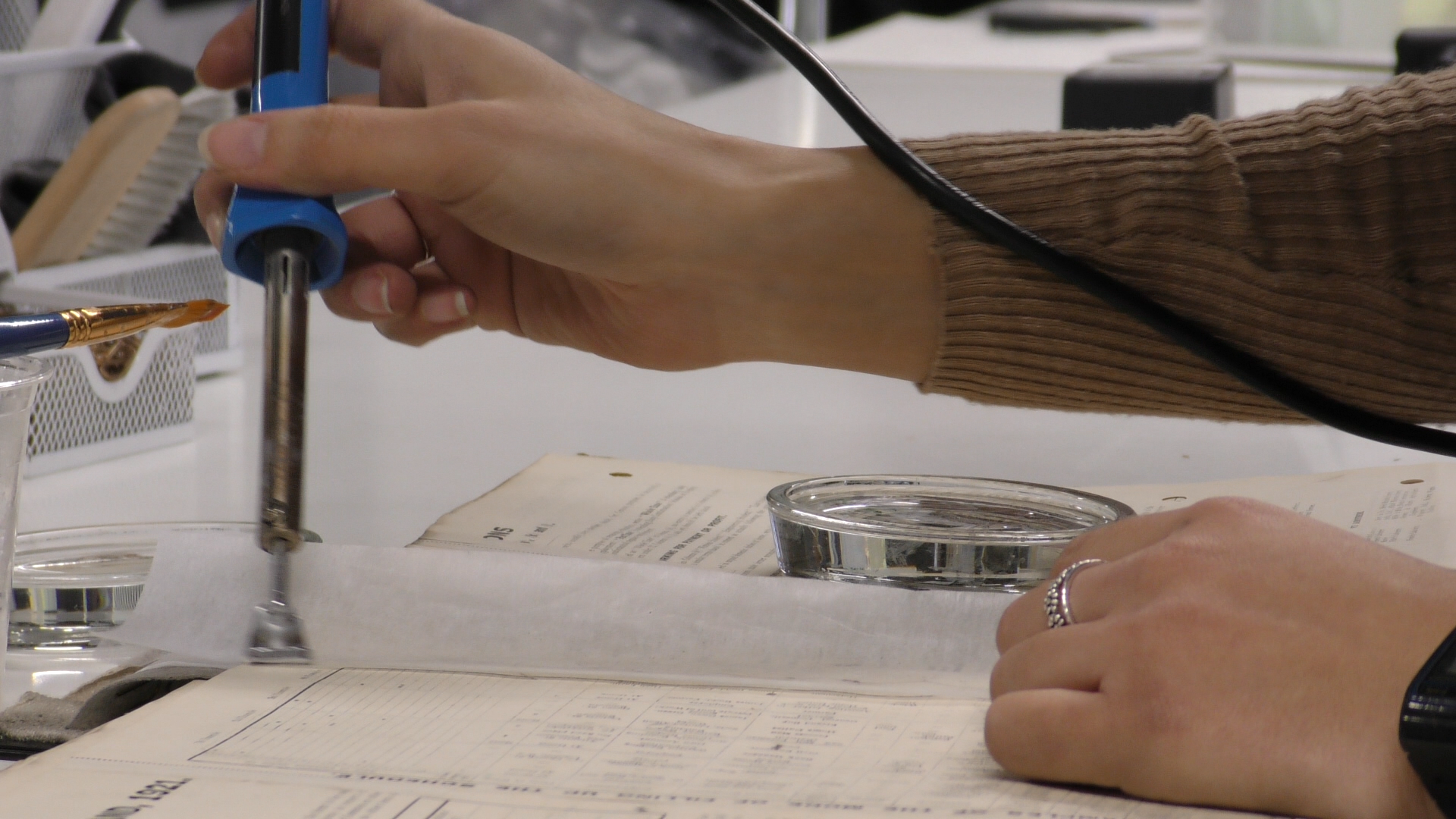06 May 2021
|
FindMyPast have released their first ever public update on the 1921 Census for England and Wales, for us to share with Family Tree's audience.
Despite Covid restrictions impacting various aspects of the project, Findmypast are still on course to publish the census online in early 2022. Provided there are no further interruptions to the current rate of digitisation, Findmypast state that they are confident that original project timelines will be met.
Findmypast was selected in 2018 as The National Archives’ chosen commercial partner to digitise the census in association with the Office for National Statistics. This vast project sees Findmypast deliver digital image capture and transcribe text data in a way that will enable family historians across the globe to conduct meaningful searches of these important records for the very first time.
About the 1921 Census
Taken on 19 June 1921, it consists of more than 28,000 bound volumes of original householder Returns containing detailed information for more than 37 million individuals.
It provides greater detail than any previous census as, in addition to the questions asked in 1911, the 1921 returns also asked householders to reveal their place of employment, what materials they worked in and their employer’s name. Those over the age of 15 were required to provide information about their marital status, including if divorced, while for those under 15 the census recorded whether both parents were alive or if either or both had died.
The 1921 Census also included detailed questions on education and was the first in which individual householders could submit separate confidential returns.
Census progress to date
FindMyPast say: 'Findmypast is committed to providing users with the best possible experience and launching in full in early 2022. The British brand, along with their partners at The National Archives and ONS, are still hopeful for a January launch, although progress has been impacted by the Covid-19 pandemic.
'Earlier in 2020 lockdown restrictions led to a three-month complete shutdown of the project, and while operations were back up and running as soon as permitted, the subsequent need to work at a much-reduced staffing capacity has affected project timelines.
'The ongoing need for social distancing, within the confines of the project’s requirements, means that while Findmypast are 'doing everything possible to limit the impact of Covid-19, this valuable work is still being conducted in a highly changeable environment'.
The safety and wellbeing of the project team and the security of the information recorded by the census have been of the utmost importance throughout. While some processes have been successfully adapted, the strict measures in place to protect both staff and documents has meant that developing alternative methods or conducting any work off-site has not been possible.
A vast undertaking
The vast scope and scale and the skilled, manual nature of the work involved to bring the census online are also contributing factors.
The census occupies 1.6 linear kilometres of shelving, holding details of just under 38 million people living in England & Wales. This includes:
- approximately 8.5 million householder questionnaires - or schedules (RG 15) held in 28,152 volumes, each comprising about 300 schedules. Each schedule is completed by each householder, and is in the householder’s writing.
- 1,992 volumes of Plans of Division (RG 114). Each Plan of Division is a standard 32 page booklet in which local registrars recorded how their registration sub district would be divided up into enumeration districts for the census.
When running at full operational capacity, more than 30 staff members are required in the conservation and scanning studio, handling fragile physical documents that have remained securely stored for 100 years.
Each of the 28,000 volumes must be handled by a trained conservation technician who is responsible for a variety of delicate tasks.
This could include removing any old pins or other objects which can cause damage to the paper, carefully correcting folds that are covering the text, gently teasing apart any pages that have become stuck together, restoring torn pages and checking for and repairing other damage.

Page protection work
Once every page is examined, cleaned and repaired they are passed to Findmypast’s scanning team who create an image of every page as well as any attachments and the front and back covers of each volume. Each image is then quality checked before being stored on a secure server.
Findmypast expects to create close to 20 million images and while every possible measure is being taken to ensure this continues at the required pace, the need to protect both staff and the documents has resulted in processes in some production areas being slowed down.
When will the 1921 Census be released?
Findmypast are still on track for a full online release in early 2022 although an exact launch date is yet to be announced.
Findmypast, The National Archives and ONS will continue to closely monitor the situation and follow the necessary government guidelines before providing a further update on progress later in the year.







